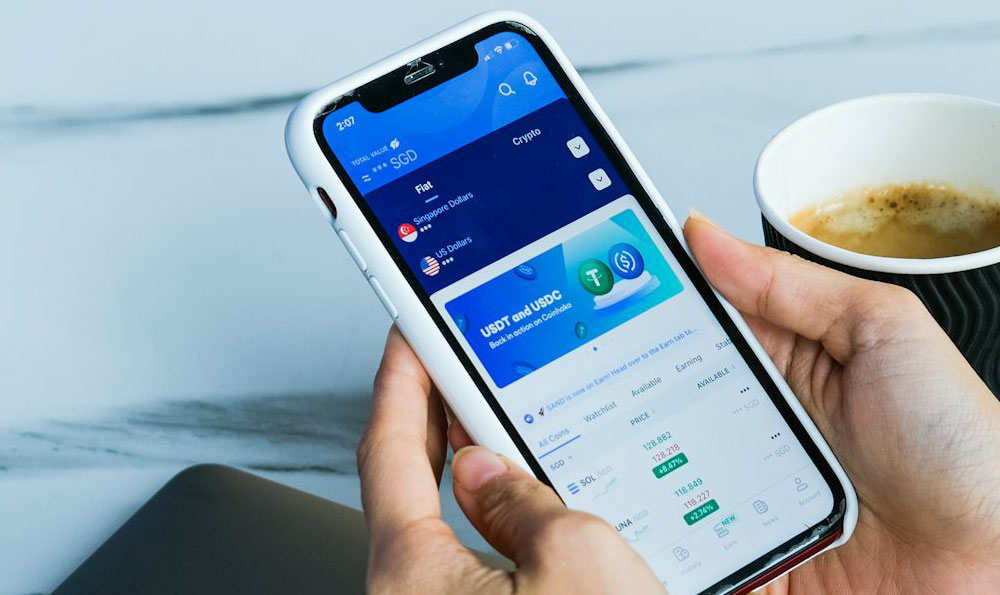Free apps, ubiquitous in today's digital landscape, represent a paradox: providing value without directly charging users. The underlying business models, however, are far from simple. Generating revenue from a free app requires a carefully crafted strategy, a deep understanding of user behavior, and a relentless focus on providing a compelling and engaging experience. Multiple avenues exist, each with its own set of advantages and disadvantages, requiring app developers to carefully weigh their options and select the most suitable approach.
One of the most prevalent methods is in-app advertising. This involves integrating advertisements from third-party networks within the app's interface. These ads can take various forms, including banner ads displayed at the top or bottom of the screen, interstitial ads that appear between activities or levels, video ads that play before, during, or after content consumption, and native ads that are designed to blend seamlessly with the app's user interface. The revenue generated from advertising typically depends on factors such as the number of ad impressions, click-through rates (CTR), and cost per mille (CPM), which represents the cost advertisers pay for one thousand ad impressions. The success of an advertising-based model hinges on balancing the need for revenue with the user experience. Overly intrusive or irrelevant ads can lead to user frustration and app abandonment. Therefore, developers must carefully select ad formats and networks, and consider implementing ad frequency capping to limit the number of ads a user sees within a given period. Furthermore, data privacy regulations, such as GDPR and CCPA, necessitate transparent data collection practices and user consent mechanisms regarding ad targeting.
Freemium models offer another popular pathway to monetization. This strategy provides users with a basic version of the app for free, while charging for premium features, content, or functionality. These premium offerings could include advanced tools, access to exclusive content, ad-free experiences, or increased storage capacity. The effectiveness of the freemium model rests on striking a delicate balance between the free and paid versions. The free version must be sufficiently valuable and engaging to attract and retain users, while the premium version must offer compelling enough benefits to incentivize upgrades. The key is to identify features or content that users are willing to pay for, without compromising the core value proposition of the free app. Often, this involves analyzing user behavior to understand what features are most frequently used and valued. Data analytics play a crucial role in optimizing the freemium model, allowing developers to identify upselling opportunities and tailor premium offerings to specific user segments.

In-app purchases (IAPs) represent a variant of the freemium model, commonly employed in gaming and entertainment apps. IAPs allow users to purchase virtual items, such as game currency, power-ups, cosmetic enhancements, or access to new levels or content. This model is particularly effective when the virtual items enhance the user's experience and provide a competitive advantage or aesthetic appeal. Successful implementation of IAPs requires careful consideration of pricing strategies and the perceived value of the virtual items. If items are priced too high, users may be discouraged from making purchases. Conversely, if items are priced too low, the revenue generated may be insufficient to sustain the app's development and maintenance. Moreover, the design of the app's economy is crucial to ensure that IAPs do not create an unfair advantage or imbalance the game play. Ethical considerations are paramount, particularly when targeting younger audiences, to avoid manipulative tactics or exploitative pricing.
Subscription models provide a recurring revenue stream by charging users a periodic fee for access to the app's features or content. This model is often employed in apps that offer ongoing services, such as streaming music, online education, or cloud storage. The success of a subscription model depends on providing continuous value to subscribers and maintaining high levels of user engagement. Regular content updates, new features, and responsive customer support are essential to retain subscribers and minimize churn. Furthermore, offering tiered subscription plans with varying levels of features and pricing can cater to a wider range of users and increase overall revenue. It’s important to provide a compelling reason for users to subscribe and to clearly communicate the benefits of the subscription.
Affiliate marketing can also be leveraged to generate revenue. This involves partnering with other businesses or brands to promote their products or services within the app. When users click on affiliate links or purchase products through the app, the app developer receives a commission. The key to successful affiliate marketing is to select products or services that are relevant to the app's target audience and to integrate the affiliate offers seamlessly into the app's user interface. Transparency is crucial; users should be clearly informed that they are clicking on an affiliate link and that the app developer may receive a commission.
Data monetization presents another, albeit often controversial, revenue stream. This involves collecting and analyzing user data and then selling aggregated, anonymized data to third parties. This data can be valuable for market research, targeted advertising, and other purposes. However, data privacy concerns are paramount. App developers must be transparent about their data collection practices and obtain explicit user consent before collecting or sharing personal information. Failure to comply with data privacy regulations can result in severe penalties and reputational damage. Furthermore, many users are wary of data monetization, so it is crucial to build trust and ensure that data is handled responsibly and ethically.
Finally, sponsorships and partnerships can provide a significant source of revenue. This involves partnering with brands or organizations to sponsor specific features or content within the app. This can take various forms, such as branded content, sponsored challenges, or exclusive deals for users of the app. The key to successful sponsorships is to align with brands or organizations that share the app's values and target audience and to ensure that the sponsorship is integrated seamlessly into the app's user experience.
Ultimately, the optimal revenue generation strategy for a free app depends on a variety of factors, including the app's target audience, its functionality, and the competitive landscape. A well-defined monetization strategy requires a deep understanding of user behavior, a commitment to providing a compelling and engaging user experience, and a constant focus on data analysis and optimization. Experimentation is key, and app developers should be prepared to iterate and refine their monetization strategies based on user feedback and performance data.












